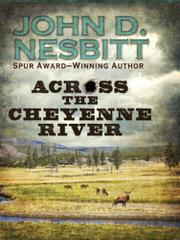Power Play
by Catherine Coulter
KIRKUS REVIEW
from https://www.kirkusreviews.com/book-reviews/catherine-coulter/power-play-coulter/
"Elite Washingtonians are bedeviled by scandals and murder attempts.
Natalie Black’s fiance, George McCallum, Viscount Lockenby, was killed in a car accident that the British tabloids are intimating was suicide after Natalie supposedly threw him over. Because her reputation as U.S. Ambassador to the Court of St. James’s must be sterling, her longtime friend Secretary of State Arliss Abbott wants her to resign. But President Thornton Gilbert, also a college friend, continues to back her. When a drug addict tries to steal her car, Natalie fights back with the help of FBI Special Agent Davis Sullivan, who's one of the few people who believe her accounts of attempts to kill her in both England and Washington. Meanwhile, Sullivan’s boss, Dillon Savich, and his wife, Lacey Sherlock, have major problems of their own when Blessed Backman, a killer they apprehended, escapes from a mental hospital vowing vengeance. Given Backman’s ability to hypnotize most people instantly, his chances seem disconcertingly good. Sullivan finds himself guarding Natalie’s daughter, Perry, a sportswriter who’s getting threatening messages, perhaps because of her mother’s problems. Sullivan certainly enjoys guarding Perry’s body, but her longtime friend Day Abbott, who wants to marry her, is much less happy, especially when he’s questioned after an attack on them. The special agents must race the clock to halt the murderous attacks before Natalie loses her job or her life.
Coulter (The Final Cut, 2013, etc.) introduces new characters to her FBI series, reinforces old ones and provides plenty for them all to do. But the result, however action-packed, is less thrilling than her best."




